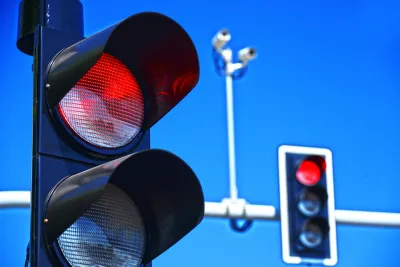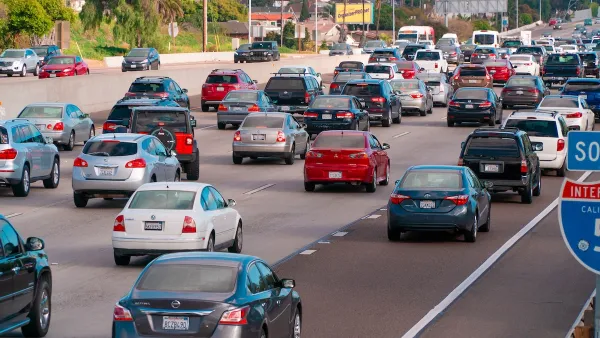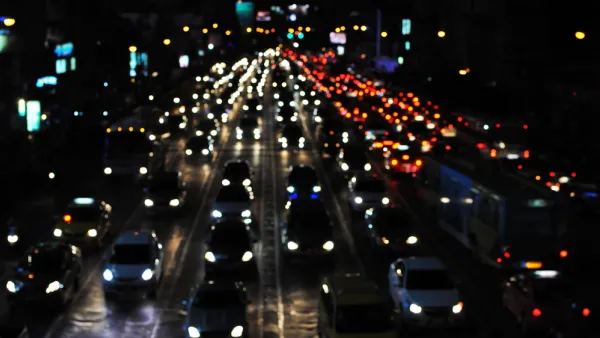The networked sensors and signals in Ann Arbor give the city a coordinated way to respond to traffic.

We've all thought, "Why is there a light here?" when stuck waiting for a signal to change on an empty street. In Ann Arbor that frustration may be going away. "To combat congestion, each hopped-up signal uses pavement-embedded sensors or cameras to spot cars waiting at red lights. The signals send that information via fiber network to the Big Computer back at traffic management base, which compiles the data," Aarian Marshall reports for Wired. This technology has already been implemented in cities big and small around the world, but the Ann Arbor system takes the application further. "If there are four cars lined up to go one way through an intersection, and zero cars lined up to move perpendicular to them, the light might turn green for the four. But a network of connected lights—like in Ann Arbor—will analyze the entire grid, and figure out who to prioritize to get the most people to their destinations the fastest," Marshall writes.
While this technology can alleviate some inefficiencies in commuting, it can only go so far in speeding up automotive transit times. "Geometry says there are only so many ways to fit a bunch of vehicles on to streets," Marshall writes. Further, the phenomenon of induced demand will likely cause new drivers to take up the slack the system creates.
FULL STORY: Ann Arbor Is Fighting Traffic With Software—and Winning

Analysis: Cybertruck Fatality Rate Far Exceeds That of Ford Pinto
The Tesla Cybertruck was recalled seven times last year.

National Parks Layoffs Will Cause Communities to Lose Billions
Thousands of essential park workers were laid off this week, just before the busy spring break season.

Retro-silient?: America’s First “Eco-burb,” The Woodlands Turns 50
A master-planned community north of Houston offers lessons on green infrastructure and resilient design, but falls short of its founder’s lofty affordability and walkability goals.

Test News Post 1
This is a summary

Analysis: Cybertruck Fatality Rate Far Exceeds That of Ford Pinto
The Tesla Cybertruck was recalled seven times last year.

Test News Headline 46
Test for the image on the front page.
Urban Design for Planners 1: Software Tools
This six-course series explores essential urban design concepts using open source software and equips planners with the tools they need to participate fully in the urban design process.
Planning for Universal Design
Learn the tools for implementing Universal Design in planning regulations.
EMC Planning Group, Inc.
Planetizen
Planetizen
Mpact (formerly Rail~Volution)
Great Falls Development Authority, Inc.
HUDs Office of Policy Development and Research
NYU Wagner Graduate School of Public Service




























